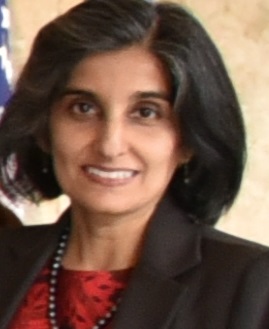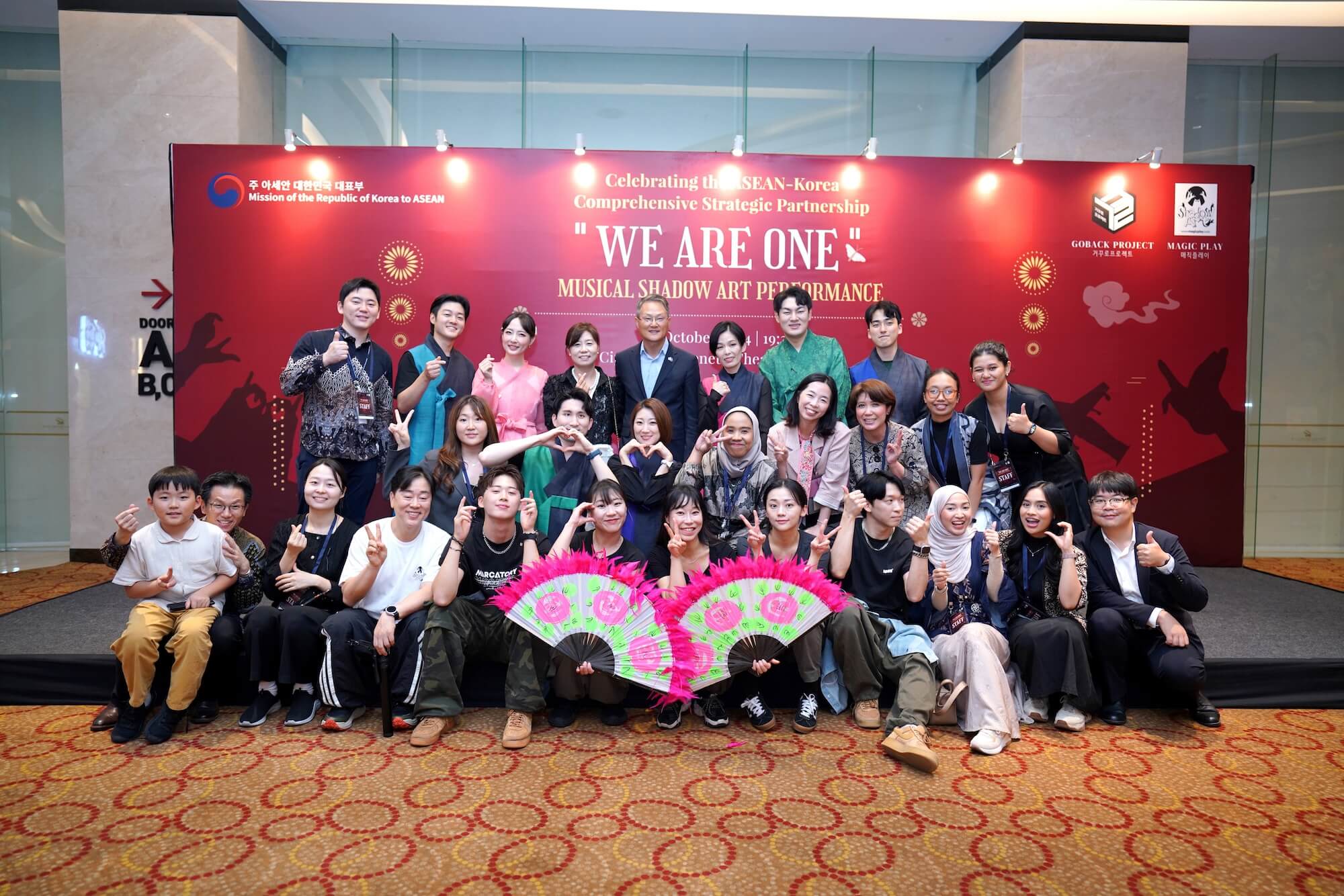




As we move into a new technological age with new challenges, the ability to read, write, and understand information has become a crucial component for survival. In addition, our rapidly changing world demands that we embrace new forms of literacies, such as digital, financial, and cultural literacies.
The definition of literacy continues to evolve and is now defined as a way to identify, understand, interpret, create, and communicate in an increasingly digital, text-mediated, and information-rich world (UNESCO).
ASEAN has made impressive gains over the decades, with adult literacy rates over 80 percent in all 10 countries. Literacy rates exceed 90 percent in seven countries. This has contributed towards empowering the people of ASEAN, enabling them to participate fully in society. It also allows access to higher quality jobs with better pay and working conditions, thus improving living standards. At the national level, a well-educated workforce lowers poverty rates, contributes to economic growth, and increases social well-being.
Nevertheless, despite these impressive gains, pockets of illiteracy, which include the inability to read or write basic sentences, continue to exist in the ASEAN region. Most affected are older women, minorities and indigenous communities, persons with disabilities, and out-of-school children and youth. Functional literacy, which is the ability to comprehend written and numerical material beyond basic skills, is also low.
Vulnerable Communities
Older Women—The intersecting forms of discrimination and inequality that girls and women endure have resulted in lower literacy rates experienced by older women. Due to older women being marginalized from education during their younger years, between a quarter to more than half of women above the age of 65 in seven ASEAN countries are unable to read or write.
The benefits of socio-economic development have resulted in longer life expectancy. It is important, therefore, for older women to be provided an opportunity to develop literacy skills through culturally relevant and learner-centered literacy programmes.
Minorities and Indigenous Communities—This sector tends to experience low rates of literacy due to social exclusion and a sense of alienation. Developing literacy in multilingual societies is a challenging task. For minority populations, being literate in the official language of society provides better socio-economic and political benefits such as increased access to jobs and participation in society, while being literate in a respective minority language helps develop socio-cultural identities and well-being. There is a need to strive for a balance between building a sense of cultural identity and enabling full participation in society.
Persons with Disabilities—Due to social barriers, persons with disabilities are less likely to attend school. Those that do attend school are less likely to complete primary or secondary education, thus having fewer years of schooling. This contributes towards persons with disabilities having lower literacy rates compared with the general population. The gender disparities in literacy rates among persons with disabilities are also high, with one in two women likely to be illiterate, compared to one in four men (UNESCO 2018, Education and Disability: Analysis of data from 49 countries).
Programmes to improve literacy among persons with disabilities need to address the intersection of literacy, disability, and gender.
Out-of-School Children and Youth—ASEAN recognises that there is a significant number of out-of-school children and youth in some parts of the region who require access to education. Effective measures need to be taken to ensure that this marginalized group has access to, remains in, and completes their education.
Regional Efforts to Improve Literacy
The ASEAN Human Rights Declaration affirms that every person has the right to education. At the international level, Sustainable Development Goal (SDG) 4 calls for “inclusive and quality education for all.” Target 4.6 sets the priority of ensuring that all youth and a substantial proportion of adults, both men and women, achieve literacy and numeracy by 2030.
ASEAN Leaders have demonstrated their commitment towards education with its core function of improving basic and functional literacy, through the adoption of various declarations and masterplans. These include a commitment to promote gender equality, reduce social inequality, ensure that the needs of vulnerable populations are being addressed through life-long learning, and improve access to data.
Commitments Towards Improving Literacy in ASEAN
Bangkok Declaration on Advancing Partnership in Education for 2030 Agenda for Sustainable Development in ASEAN (2019) provides for lifelong learning and training to respond to regional and global trends through formal, non-formal, and informal systems.
ASEAN Declaration on the Rights of Children in the Context of Migration (2019) recognises the need to strengthen national systems, including education to address the needs of children in the context of migration.
ASEAN Enabling Masterplan 2025: Mainstreaming the Rights of Persons with Disabilities (2018) seeks to advance inclusive educational systems, thus improving access to education and literacy rates for persons with disabilities.
ASEAN Declaration on the Gender-Responsive Implementation of the ASEAN Community Vision 2025 and Sustainable Development Goals (2017) supports the strengthening of national and sub-national sex-disaggregated databases and analyses on all SDGs.
Joint Statement on Promoting Women, Peace and Security in ASEAN (2017) pledges to promote gender equality and reduce social inequalities.
ASEAN Declaration on Strengthening Education for Out-of-School Children and Youth (2016) strives to implement inclusivity, equity, and accessibility to education for out-of-school children and youth.
Bali Declaration on the Enhancement of the Role and Participation of Persons with Disabilities in the ASEAN Community (2011) seeks equal opportunities for persons with disabilities to education, especially basic education and alternative means of communication including sign language and Braille.
Ha Noi Declaration on the Enhancement of Welfare and Development of ASEAN Women and Children (2010) supports the improvement of the quality of education and gender equality in education and school enrollment for children, including children of ethnic and/or indigenous groups as well as children with disabilities and special needs.








